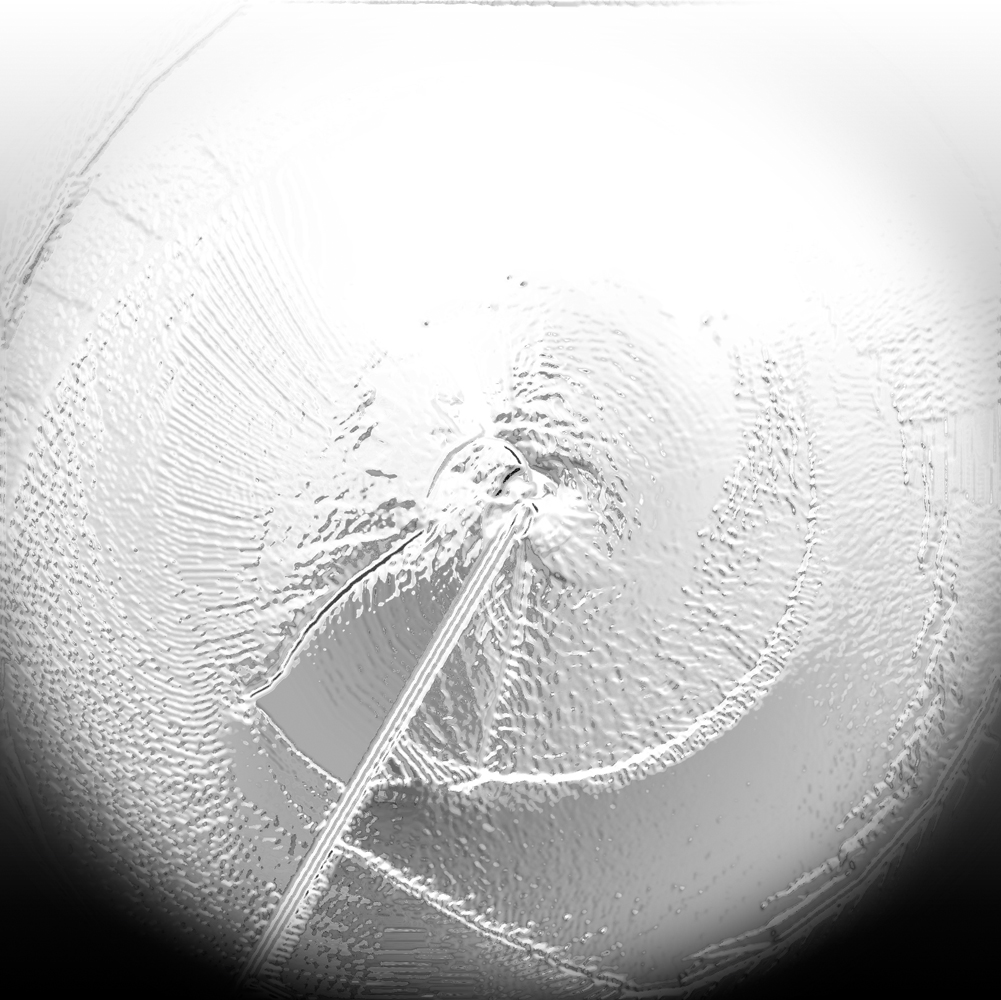
Trick question: what is a photograph?
If your answer has to do with cameras or lenses or even light, the photographer Alexander Harrington has a thought experiment for you. His new series Untitled I, which he created in February and has made available on his website, is, he says, “photography that doesn’t have a camera origin.” Rather, each image in the series is generated with computer software (Photoshop, specifically). So what makes it photography?
While you’re thinking about that, Harrington has another question for you: why do you care?
“If you ask most people what the difference between a painting and a photograph is, they would tell you that one is made with a camera and one is made with a brush, but I always think of an inkjet print as being a mechanical grid painting. It’s still pigment in dots, just made by a machine,” he says. “It doesn’t matter if you make it chemically or photomechanically or whatever. I would class them as images.”
In Harrington’s view, there is only that single category — images — and trying to name the type of image according to the process through which it’s made is not relevant.
The inspiration for Untitled I came from a conversation with a photographer friend who was experimenting with physical manipulation of her prints to call attention to the flat plane of the photograph. Why, Harrington wondered, was paper necessary to make that point? All dimension in photography is just an illusion of reflections and shadows. Likewise, Untitled I is about an appearance of a surface, created absent a physical surface in front of a physical camera.
But it’s not abstraction, he says. “To me, it is representational: it’s a representation of surface and reflection, or the idea of something coming through a surface,” he clarifies. An image made with a camera in which the thing photographed is blurred or distorted is an abstraction of an object, but in Harrington’s work the image that looks blurred or distorted is the thing that’s being photographed. Likewise, his other recent work also takes apart the components of photography, the way it can make gray appear colorful or flatness appear deep, to make the viewer think about the illusions that are inherent to the format—that are, in his world, the definition of photography.
Or, rather, of images in general. “Sometimes I think the designation ‘photography’ might be just a fad of the past 200 years,” he says, “more than being a meaningful distinction.”
Alexander M. Harrington is a New York-based artist.
Lily Rothman is a writer-producer for TIME.com.
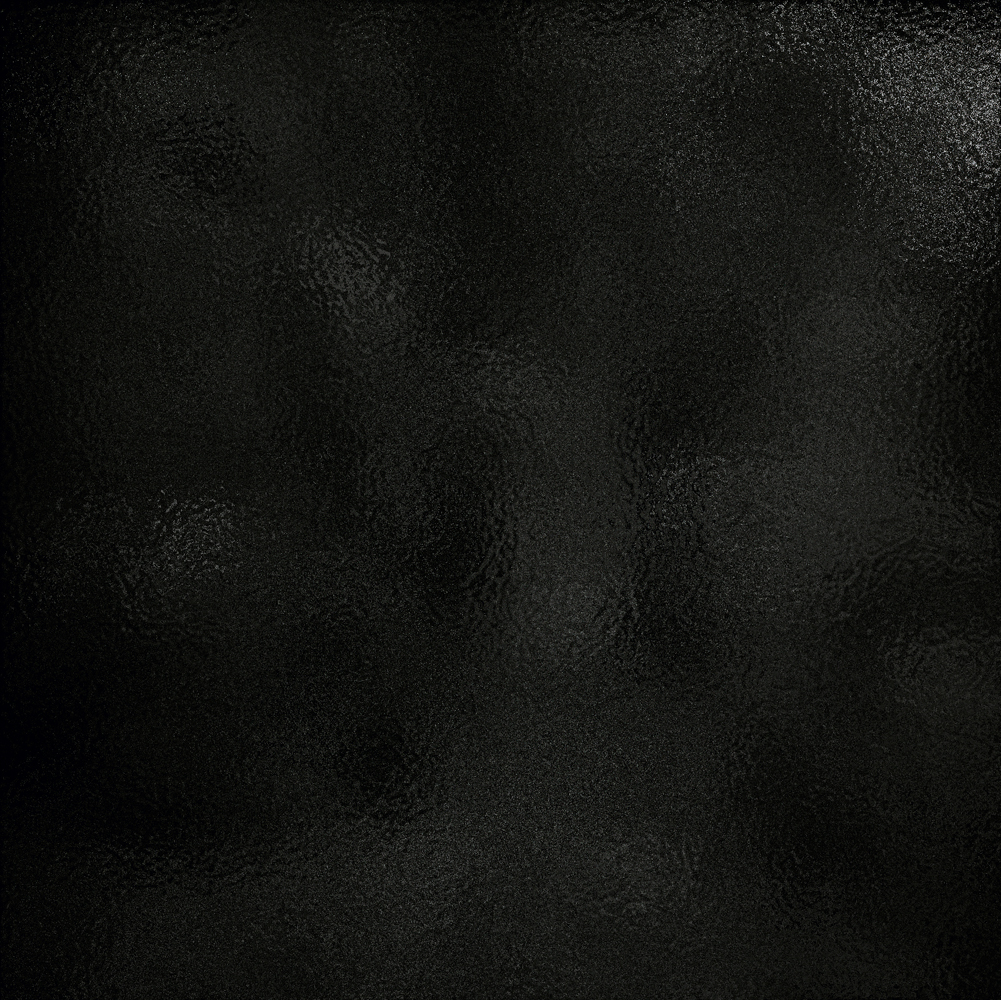
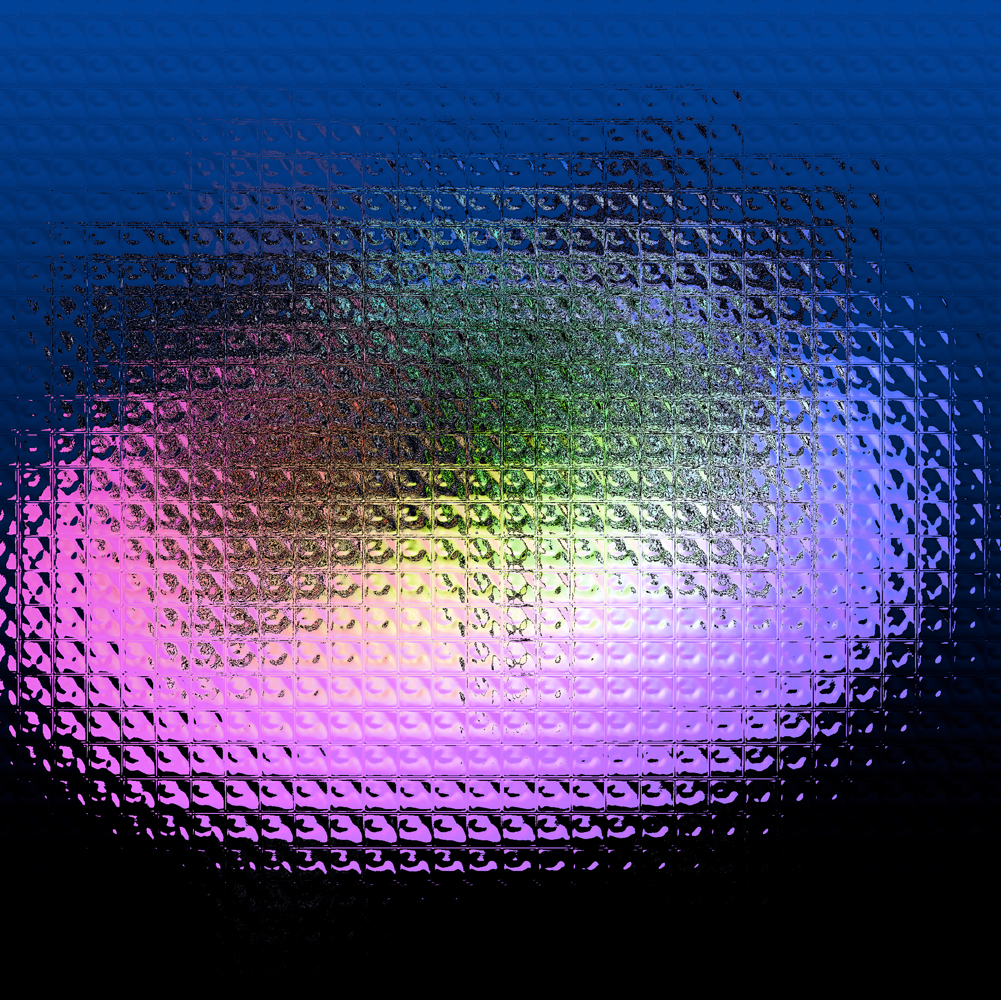
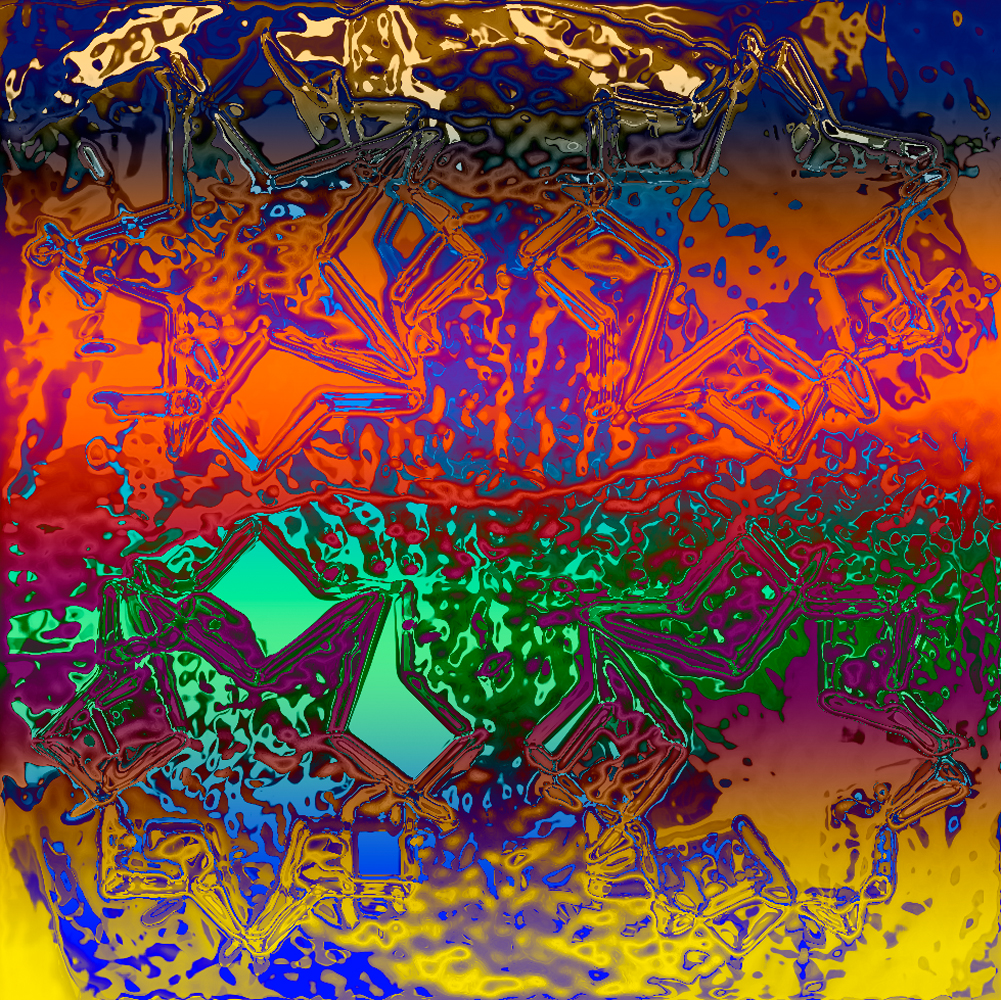
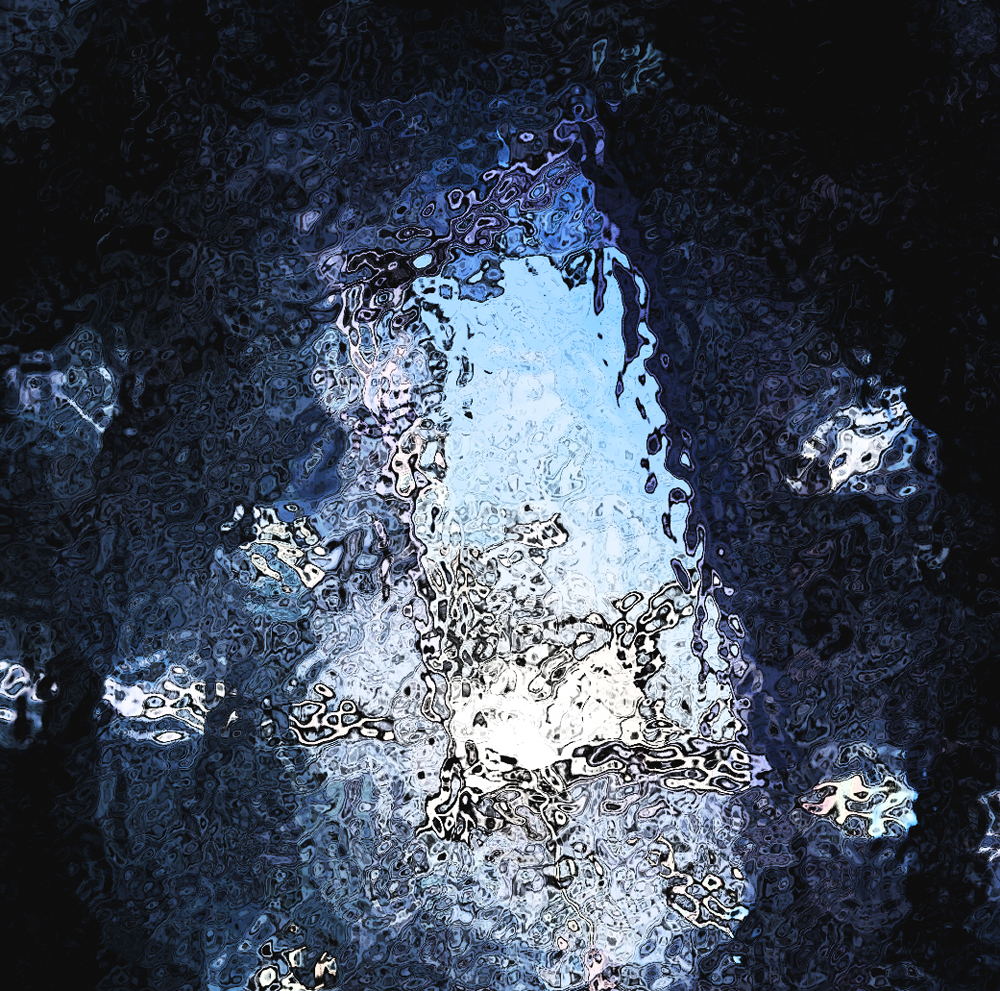
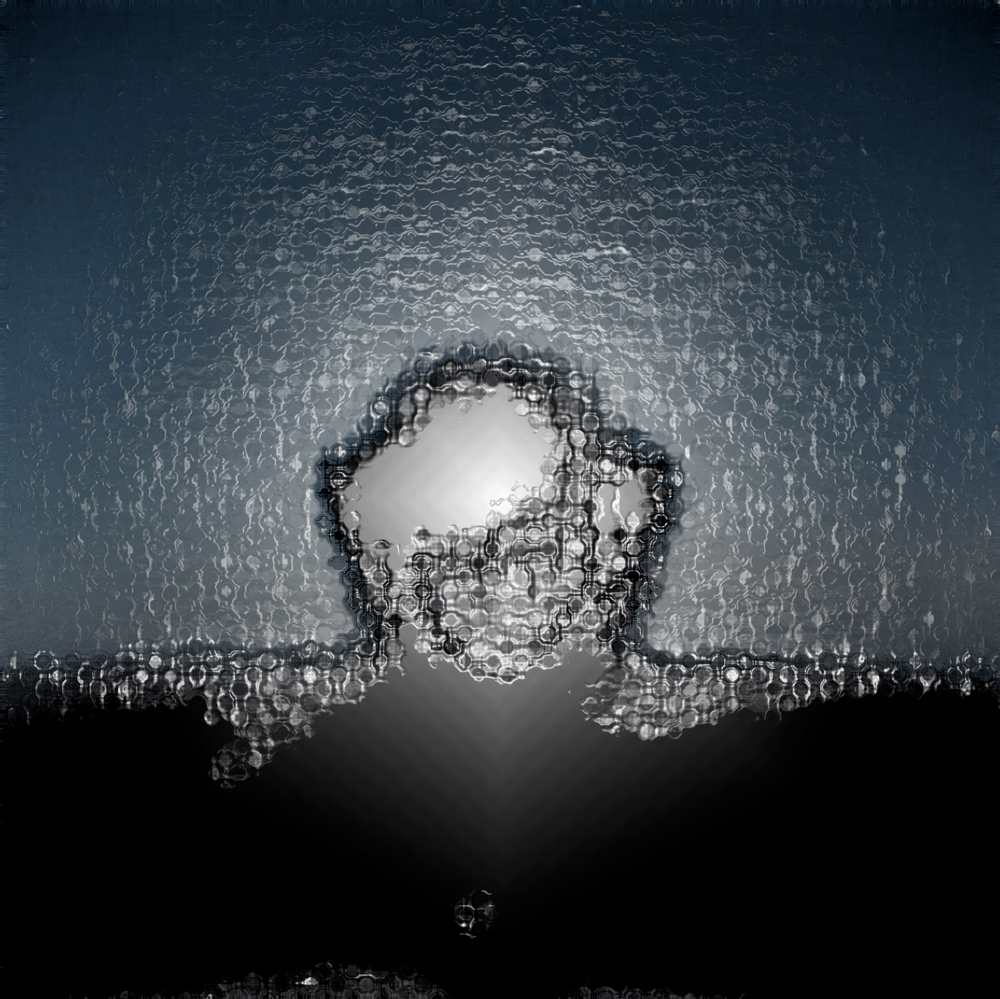
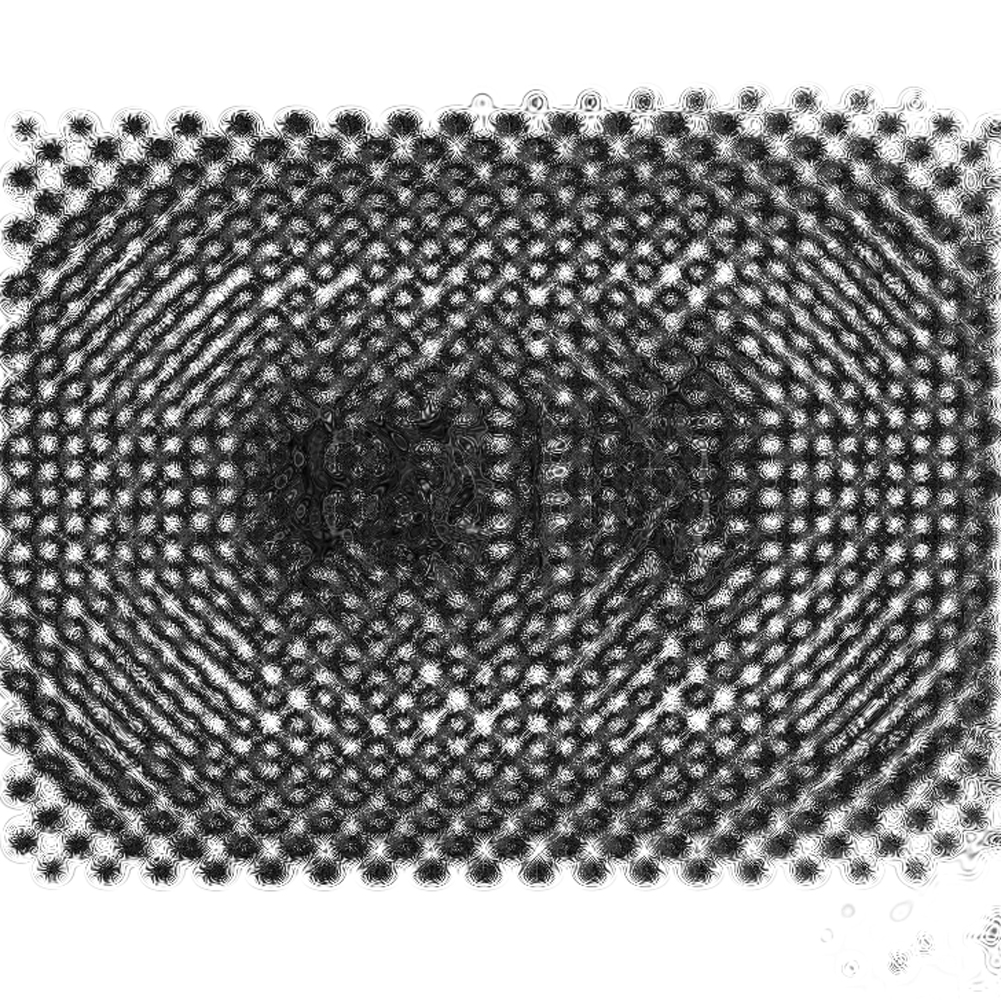
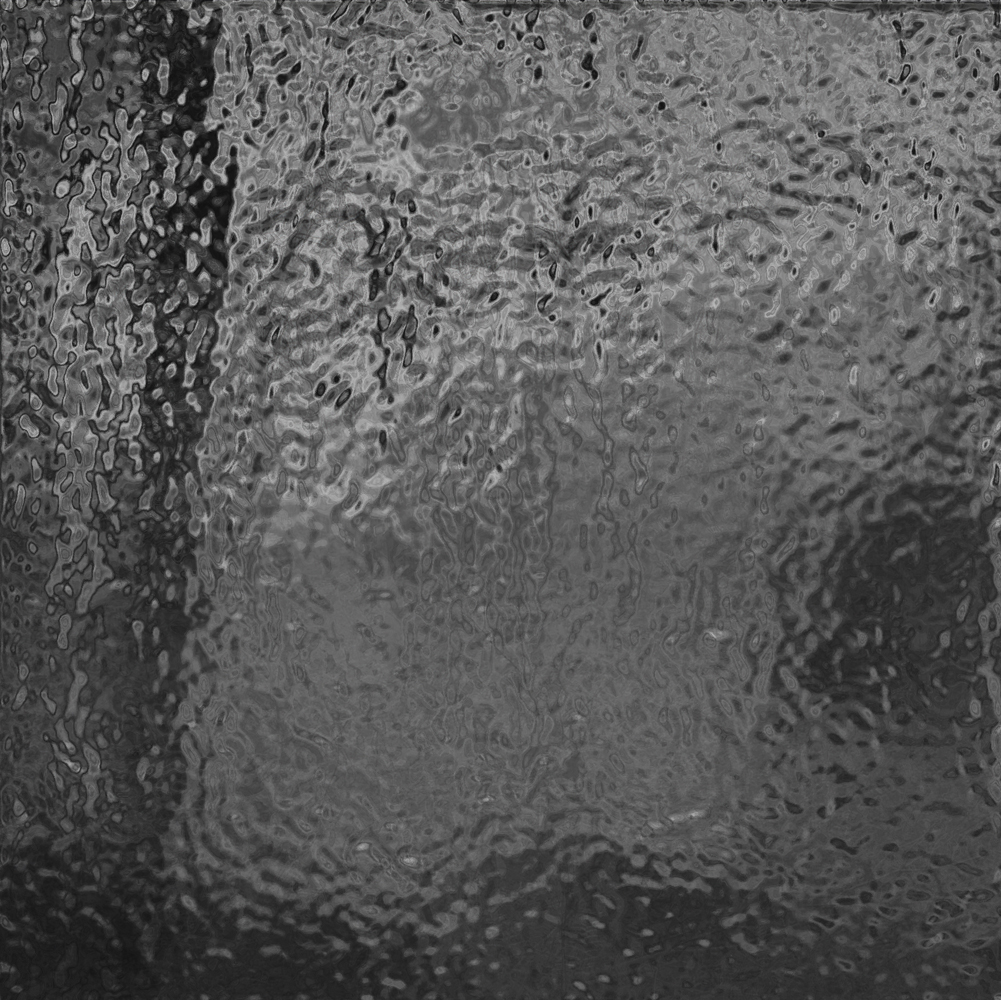
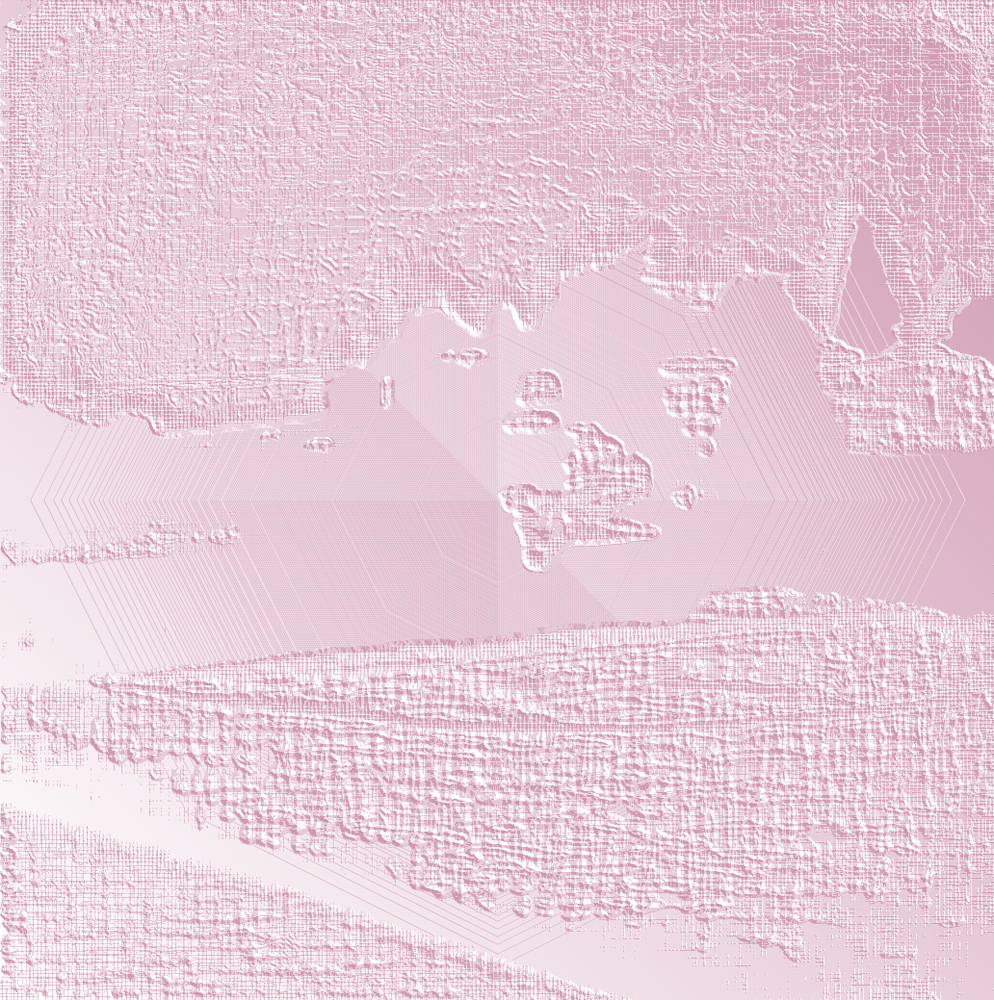
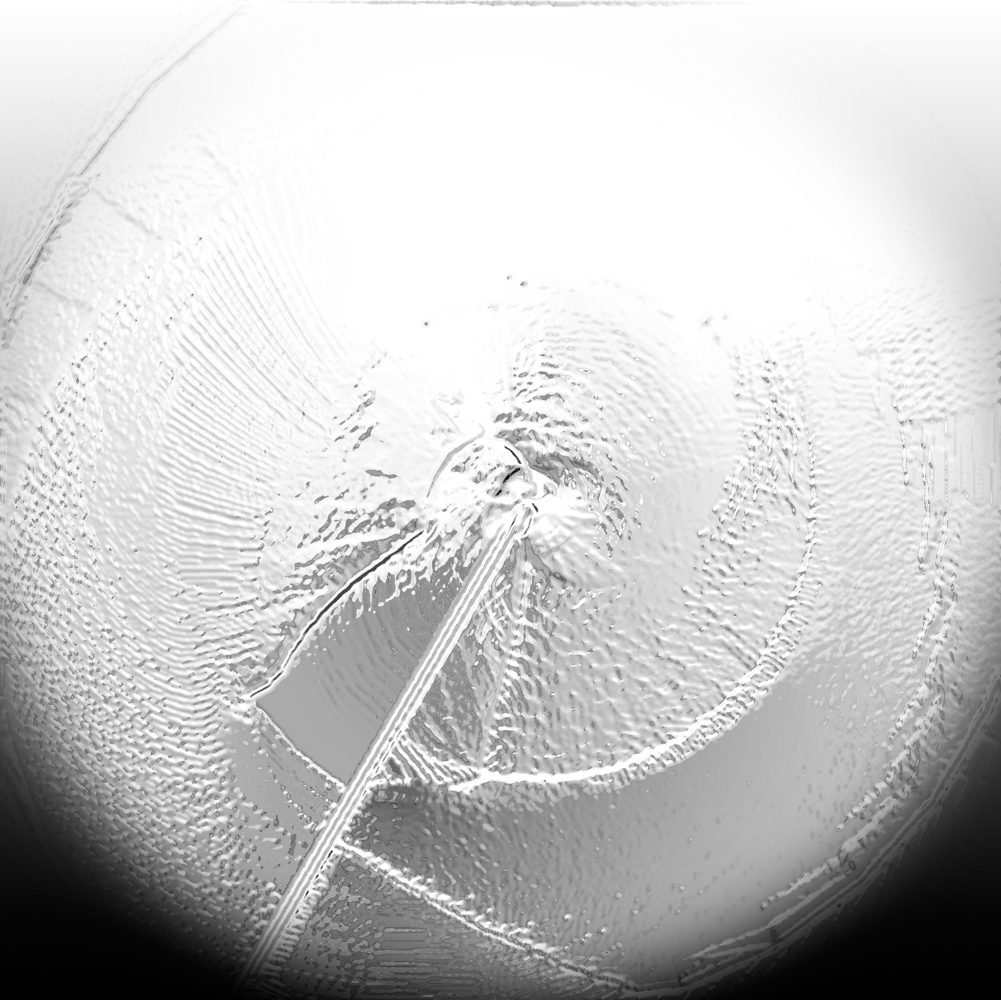
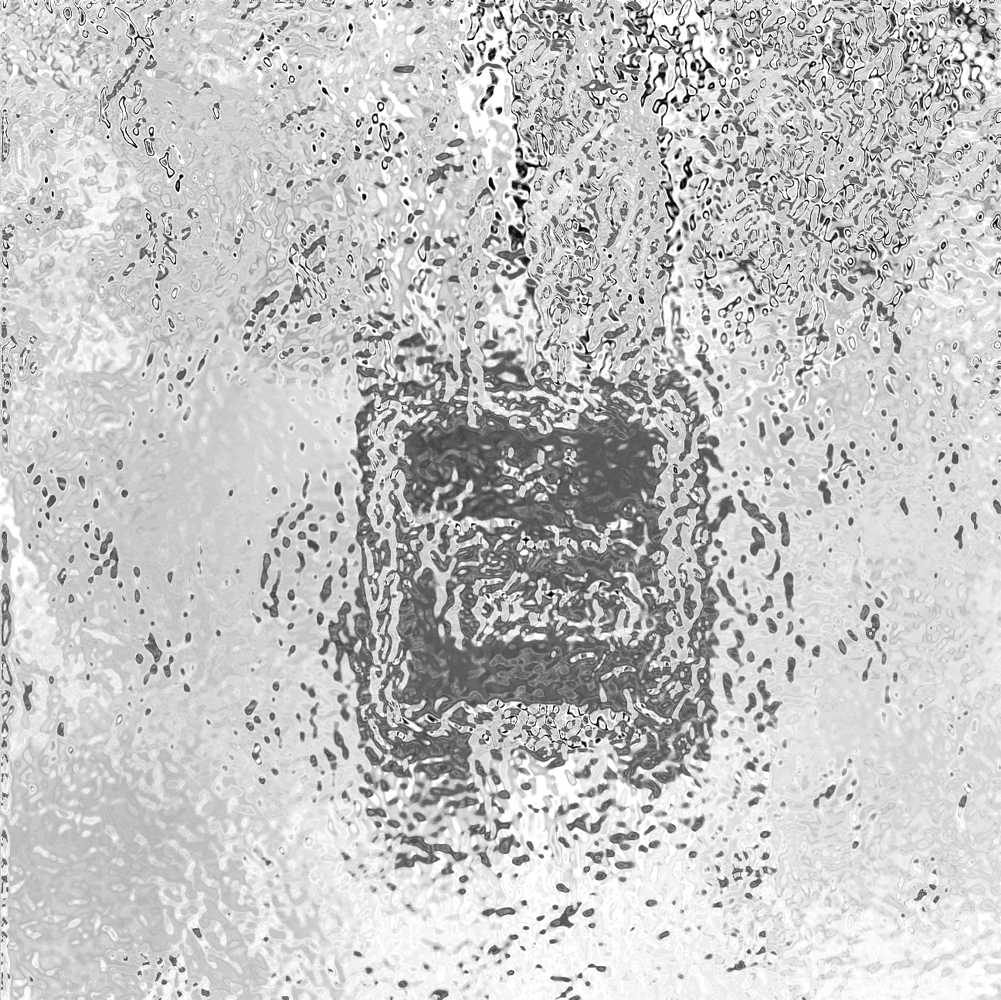
More Must-Reads from TIME
- Inside Elon Musk’s War on Washington
- Meet the 2025 Women of the Year
- The Harsh Truth About Disability Inclusion
- Why Do More Young Adults Have Cancer?
- Colman Domingo Leads With Radical Love
- How to Get Better at Doing Things Alone
- Cecily Strong on Goober the Clown
- Column: The Rise of America’s Broligarchy
Write to Lily Rothman at lily.rothman@time.com